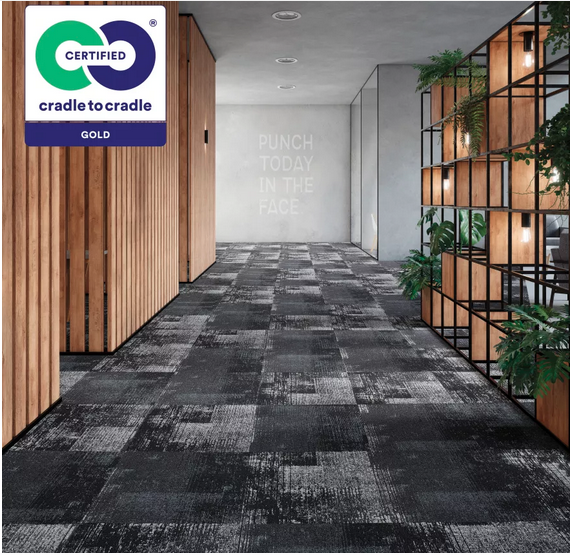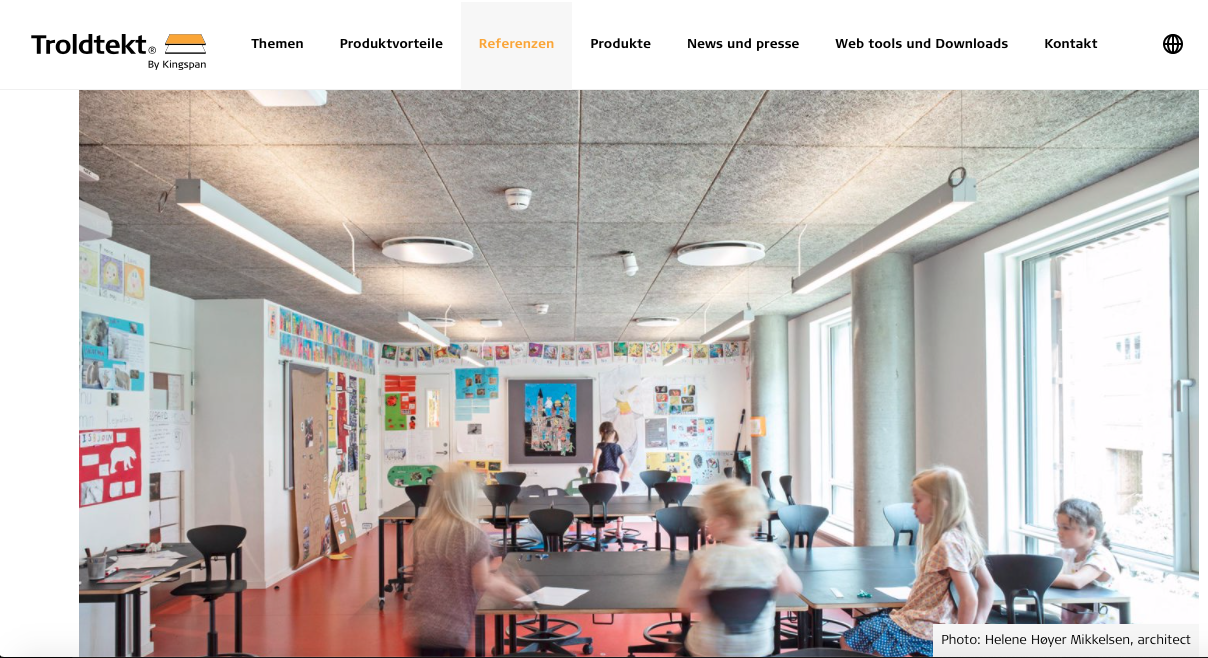Politik-Wirtschaft Zusatzkurs
DAS ZIRKULÄRE Klassenzimmer der Zukunft
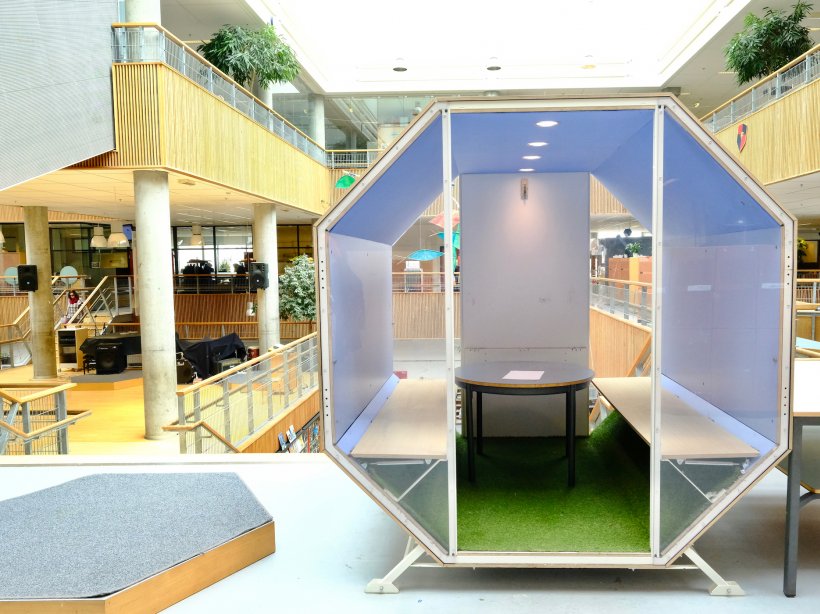
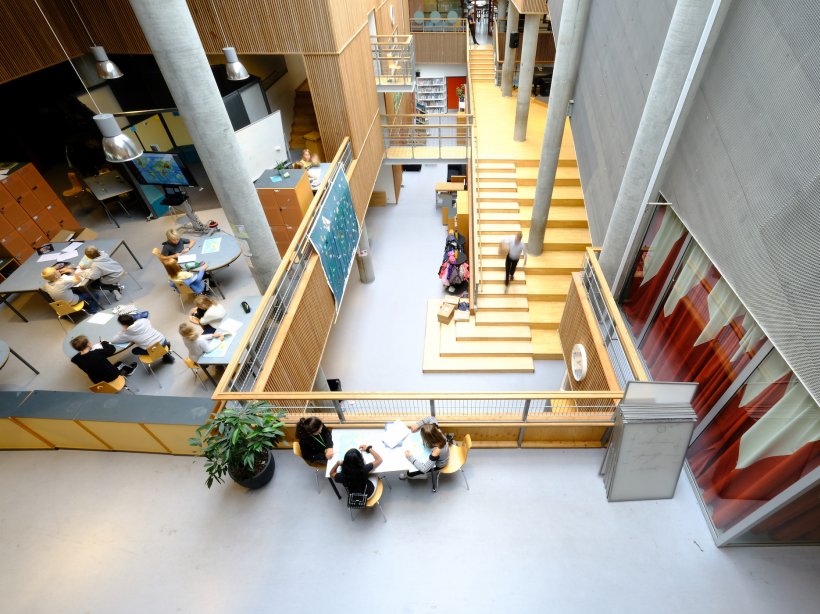
MIT KNOW-HOW & KNOW-WHY, SOLAR, ÄSTHETIK UND DEM OPTIMISITISCHEN BLICK IN DIE (ARBEITS-)WELT VON MORGEN
Skizze: Zirkuläres Klassenzimmer der Zukunft:
Die Schülerinnen des Zusatzkurses Politik und Wirtschaft gestalten u.a. in Kooperation mit der Berliner NGO Cradle to Cradle (C2C) (Link: https://c2c.ngo) und weiteren externen Unterstützern, Förderern und Partnern in einem in Berlin bisherig einzigartigen Pilotprojekt ein zirkuläres „Klassenzimmer der Zukunft“ (R.55) im Beethoven-Gymnasium Berlin. Dieser Raum wird bestmöglich und ganz konkret nach Kriterien der Kreislaufwirtschaft, Nachhaltigkeitsaspekten, Ästhetik, Design und pädagogischen Überlegungen (z.B. welche Rolle spielt unterschiedliches Licht für die Konzentration, welche Rolle spielt Design und Schönheit für den Lernprozess u.a.) umgestaltet und/oder neugebaut.
Orientierung:
Hierbei orientieren wir uns neben dem C2C Designkonzept auch an der Initiative „New European Bauhaus (NEB)“, die von der Präsidentin der Europäischen Kommission, Ursula von der Leyen, im September 2019 initiiert wurde und die in Deutschland u.a. durch den Potsdamer Klimaforscher Professor Hans Joachim Schellnhuber in der Initiative „Bauhaus der Erde“ (https://www.bauhauserde.org/) weitergedacht und in konkreten Projekten erprobt wird. Ziel ist es auf einer Metaebene, den European Green Deal im Rahmen eines interdisziplinären und partizipativen Prozesses durch innovative Ideen und Konzepte zu unterstützen.
Ziele:
Auf unserer lokalen Mikroebene, und darauf kommt es uns an, wollen wir aus der konkreten Perspektive der Schülerinnen, mit einem optimistischen Vibe und viel Kreativität aufzeigen, welche begeisternden konkreten Handlungsräume in der Zukunft nicht nur in der Schule entstehen können und welchen Mehrwert sie bringen. Das New European Bauhaus – und so auch das zirkuläre Klassenzimmer der Zukunft des Beethoven-Gymnasiums Berlin – folgt dabei den Grundwerten Nachhaltigkeit, Ästhetik, und Inklusivität. Ganz konkret wird der Raum (Decke, Beleuchtung, Fußboden, Flur, Ausstattung u.a.) neugestaltet und so gut es geht umgebaut. So möchten wir vorbildhaft aufzeigen, wie Nachhaltigkeit (Zukunft) auch ganz konkret in Schulen gelingen und dabei ansprechend aussehen kann.
Überzeugung:
Wir sind davon überzeugt: Dieser Raum kann Vorbild und Orientierung sein für weitere Räume am Beethoven-Gymnasium Berlin und darüber hinaus an anderen Schulen (Best-Practice). Zur Eröffnung (Vernissage/Party/Konzert) wird neben der Sensibilisierung für die Thematik auch ein positives Medienecho erwartet, da das Klassenzimmer der Zukunft genau jenes widerspiegelt, was gerade von der Politik gefordert wird und viel zu oft aus unserer Sicht fehlt: Konkret erfahr- und erlebbare und motivierende „Geschichten des Gelingens“, die Bock auf Zukunft machen.
Wir sind davon überzeugt: Wir müssen ins kreative & konkrete nachhaltige Handeln kommen und zwar auch verknüpft mit einem positiven Vibe nach Vorne, der nicht nur sagt, was alles nicht geht. Dieses positive Signal an die Öffentlichkeit soll über die Schulmauern des Beethoven-Gymnasiums Berlin hinaus Strahlkraft haben!
Erneuerbare Energie im Klassenzimmer der Zukunft:
Unser Raum bekommt durch ein Balkonkraftwerk die für den Raum benötigte Energie (für Computer, Licht, Beamer u.a.) d.H. autark durch Photovoltaik / Solarenergie. Dies ist ein weiteres angeknüpftes Pilotprojekt der Schülerinnen (eigene Petition wurde im eigenen Bezirk gestartet: Link: https://www.openpetition.de/petition/online/solar-aufs-beethoven-gymnasium-wann-wenn-nicht-jetzt-frau-schellenberg-unterstuetzen-sie-uns-3), was konform zu den ambitionierten Zielen des Berliner Senats, das Gebot der Stunde ist (Masterplan Solarcity des Senats von Berlin). Hierbei werden wir auch unterstützt durch eine Beratung durch Herrn Richter vom Berliner Ingenieurbüro MUTZ.
Ziel (Kurz):
Konkret erlebte Nachhaltigkeit nach Kriterien der Kreislaufwirtschaft im Beethoven-Gymnasium Berlin, die ästhetisch und motivierend eine positive Geschichte des Gelingens vor Ort erzählt und Impulse für die gesamte Schullandschaft gibt.
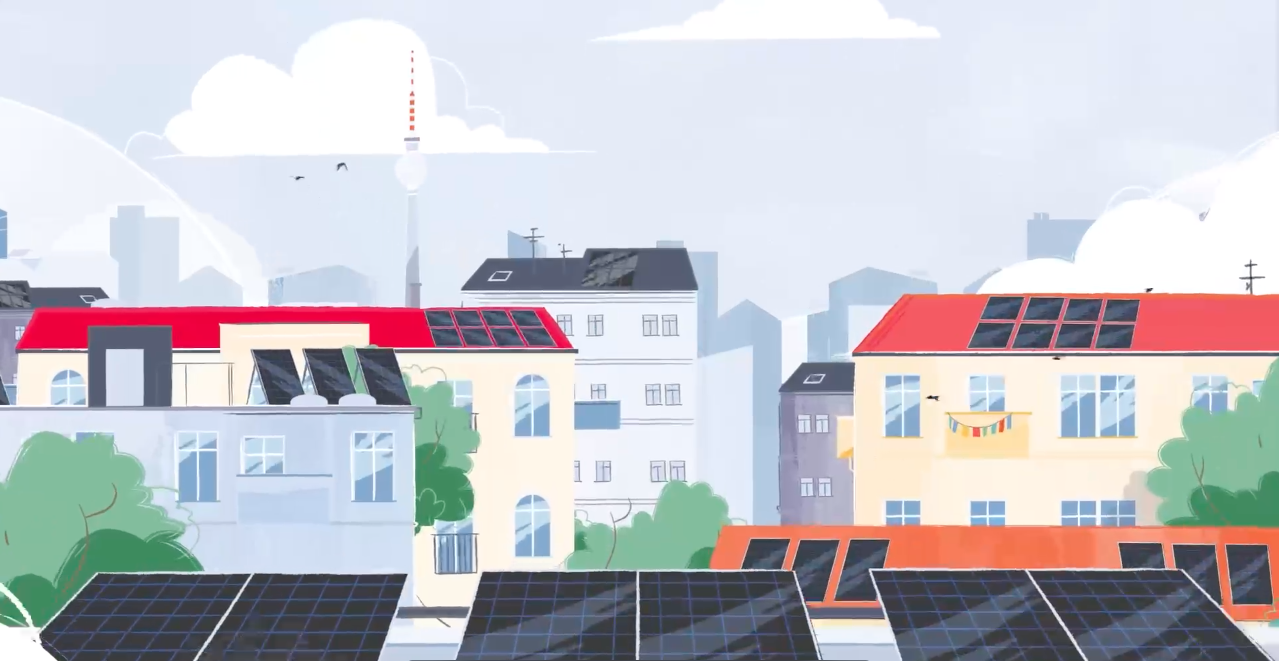
Was wollen wir bewirkeN
Siehe dazu unsere Ziele und Skizze oben. Letztlich gilt: Klug ins Handeln kommen ist die Devise und keine Angst vor Fehlern.


Die ProduktE soon…
Interior Design
Staging
Remodelling

